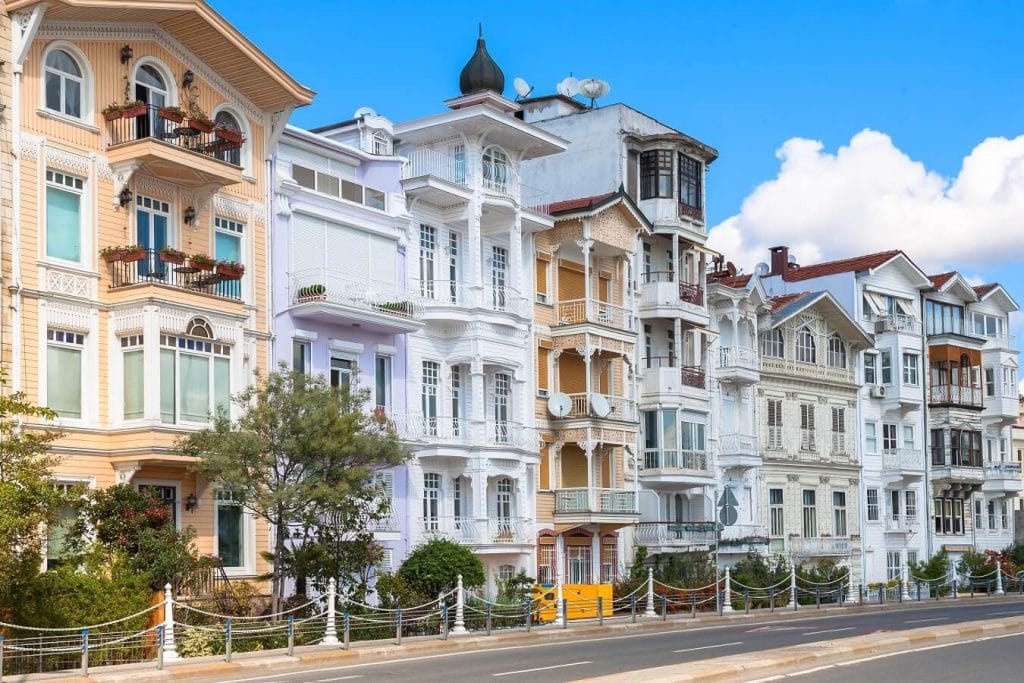History of Bebek
In this article, we’re heading to Arnavutköy, one of the most beautiful villages along the Bosphorus, boasting a 1,500-year history and preserving its authentic charm. Nestled on the European side of Istanbul’s Bosphorus, between Kuruçeşme and Bebek, this picturesque neighborhood offers stunning views of its Anatolian-side counterparts: Kandilli, Üsküdar, and Vaniköy—each worth a visit in their own right.
One of the key reasons behind Arnavutköy’s transformation into a tourist hotspot is its authentic wooden houses that stand apart from modern concrete structures. If you’ve ever wondered how a city can resist urbanization and retain its elegance, Arnavutköy provides the perfect answer. Once famous for its vineyards, the area underwent a significant cultural shift when its residents embraced Christianity, leading to the establishment of Ayios Mikhailaion Church and a name change to “Mikhailaion.” In later years, it was known as “Horasmoto,” meaning “Village of Angels.” During the Ottoman era, it was also referred to as Büyük Akıntı (Great Current) by the local Greek population, a nod to the surface currents running from the Black Sea to the Marmara Sea. The origin of its current name, Arnavutköy, remains the subject of various legends.
Despite the passage of time and numerous name changes, what has remained constant in this elite district are its exquisitely crafted wooden houses, resembling delicate lacework. Most of these architectural gems date back to the early 20th century, with some showcasing the elegant Art Nouveau style. These houses are a testament to the neighborhood’s ability to preserve its historical beauty amidst modernity.





